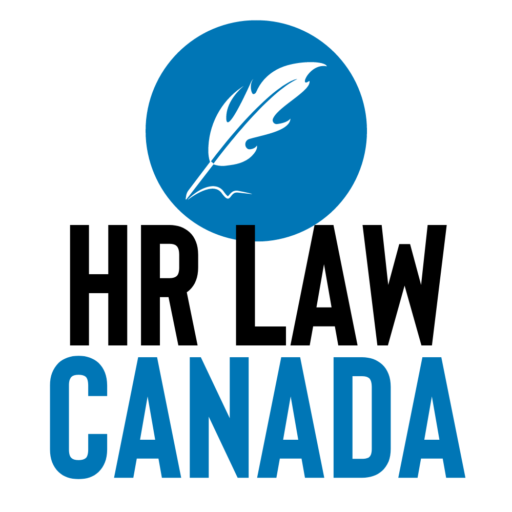The Human Rights Tribunal of Ontario (HRTO) has dismissed an application filed by a former Centreline Tire Distribution employee alleging discrimination and reprisal by her former employer due to her disability. The tribunal found that the case was barred because of a concurrent civil action that had not been resolved.
The applicant, who filed the application on Aug. 11, 2022, claimed that she was terminated from her job after notifying her employer that she needed a disability leave to undergo cervical spine surgery. She asserted that her termination was due to her disability and thus discriminatory under the Ontario Human Rights Code.
In addition to seeking reinstatement or compensation for job loss and general damages for injury to dignity, the applicant had also initiated a civil action against the respondents in the Ontario Superior Court of Justice. In her civil action, filed on Nov. 10, 2021, she alleged wrongful dismissal and sought damages for the breach of good faith in the contractual relationship, including unpaid vacation and termination pay.
The HRTO’s decision hinged on section 34(11) of the Human Rights Code. This section precludes an application if a civil proceeding on the same issue is already underway or has been decided. According to the tribunal, “The purpose of section 34(11) of the Code is to eliminate duplicate court and Tribunal proceedings.”
The tribunal emphasized that it is not necessary for the civil claim to explicitly mention section 46.1 of the Code, which allows courts to order remedies for human rights infringements. The essential requirement is that the civil action seeks redress for alleged human rights violations based on the same facts as the tribunal application.
“The determinative question is whether the Civil Action, which was filed before the Application, explicitly or implicitly raises Code-related interests, and seeks remedial redress for those alleged human rights concerns,” it said.
The applicant argued that the issues in the civil action and the tribunal application were distinct, as the civil action focused on wrongful dismissal while the tribunal application dealt with discrimination. However, the HRTO found that both proceedings were based on the same set of facts — her termination just before the scheduled surgery and the consequent inability to work.
Referring to the Divisional Court’s decision in Zheng v. G4S Secure Solutions (Canada) Ltd., the tribunal stated, “You do not get two kicks at the same set of facts.”
It also referenced the HRTO’s precedent in Almseideen v. McKesson Canada, which emphasized that defending against the same allegations in two different forums is procedurally unfair.
Ultimately, the tribunal concluded that the overlap in facts and remedies sought in both the civil action and the tribunal application met the criteria of section 34(11) of the Code.
Key takeaways from the ruling
- Section 34(11) enforcement: The HRTO enforces section 34(11) of the Human Rights Code to prevent duplicate proceedings when a civil action involving the same facts and remedies is already underway or has been resolved.
- Overlapping claims: Even if different remedies are sought in the civil action and the tribunal application, if both are based on the same facts, the tribunal application can be barred.
- Procedural fairness: The tribunal aims to avoid procedural unfairness and unnecessary burdens on respondents by ensuring they are not forced to defend the same allegations in multiple forums.
For more information, see Blazek v. Centreline Tire Distribution Incorporated, 2024 HRTO 639 (CanLII).





